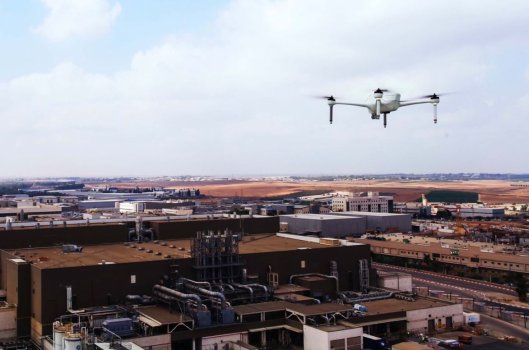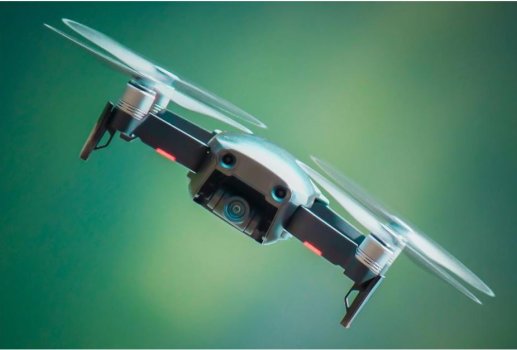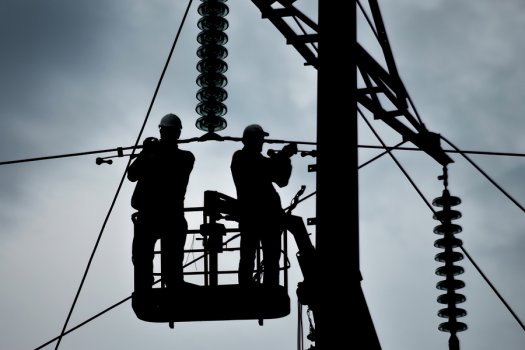Top 10 women in tech and diversity in tech stories of 2021
- Technology Workforce
- 0 Replies
A lack of diversity in the technology sector has been a topic of ongoing debate for a long time, and although many initiatives exist to try to change this, the dial is slow to turn.
In the year that Computer Weekly’s list of the most influential women in UK tech entered its 10th year, what were the main conversations surrounding diversity in the tech sector, and are changes starting to take effect?
1. Biased language deters half of female candidates, finds Openreach
Hiring processes are the first port of call for most people entering organisations, but they can also be where companies fail to make the proper moves to recruit from diverse talent pools.
Openreach found that women are put off by biased language in job postings which can make it seem like roles are more suitable for men than for them.
In many cases, companies don’t realise the language they are using in job postings is biased, and Openreach suggested a number of ways to make job postings more accessible, including removing hidden gendered phrases, being aware of whether active or passive language is used, and reworking the way the key skillsets needed were described.
2. Almost 70% of IT staff say firms working on tech gender diversity
As part of Computer Weekly’s own annual research, it was found that 67% of IT employees said their firms were working on gender diversity in 2020.
While improving the gender split in IT teams appears to be forefront in the minds of many IT leaders, only 29% said their company actually had a plan in place to help improve the balance of men and women in their tech teams.
Almost 60% of those asked also said increasing ethnic diversity in their IT teams is something their organisation is working towards, and many other diversity-related topics are also being addressed.
3. More than 20% of tech employees hesitant to speak about diversity
When the Tech Talent Charter’s annual benchmarking report found many tech workers are hesitant to bring up diversity topics, TTC’s CEO, Debbie Forster, said that in some cases it may be because people are scared to say the wrong thing, but also pointed out that doing nothing at all is worse.
TTC’s research found that 22% of tech workers are hesitant to bring up diversity issues, a number that increases to 32% among ethnic minorities.
But those in the tech sector are well aware that diversity and inclusion in the industry is something that needs to be addressed, with 80% saying D&I initiatives are necessary to push progress forward.
Continue reading: https://www.computerweekly.com/news/252510806/Top-10-women-in-tech-and-diversity-in-tech-stories-of-2021
In the year that Computer Weekly’s list of the most influential women in UK tech entered its 10th year, what were the main conversations surrounding diversity in the tech sector, and are changes starting to take effect?
1. Biased language deters half of female candidates, finds Openreach
Hiring processes are the first port of call for most people entering organisations, but they can also be where companies fail to make the proper moves to recruit from diverse talent pools.
Openreach found that women are put off by biased language in job postings which can make it seem like roles are more suitable for men than for them.
In many cases, companies don’t realise the language they are using in job postings is biased, and Openreach suggested a number of ways to make job postings more accessible, including removing hidden gendered phrases, being aware of whether active or passive language is used, and reworking the way the key skillsets needed were described.
2. Almost 70% of IT staff say firms working on tech gender diversity
As part of Computer Weekly’s own annual research, it was found that 67% of IT employees said their firms were working on gender diversity in 2020.
While improving the gender split in IT teams appears to be forefront in the minds of many IT leaders, only 29% said their company actually had a plan in place to help improve the balance of men and women in their tech teams.
Almost 60% of those asked also said increasing ethnic diversity in their IT teams is something their organisation is working towards, and many other diversity-related topics are also being addressed.
3. More than 20% of tech employees hesitant to speak about diversity
When the Tech Talent Charter’s annual benchmarking report found many tech workers are hesitant to bring up diversity topics, TTC’s CEO, Debbie Forster, said that in some cases it may be because people are scared to say the wrong thing, but also pointed out that doing nothing at all is worse.
TTC’s research found that 22% of tech workers are hesitant to bring up diversity issues, a number that increases to 32% among ethnic minorities.
But those in the tech sector are well aware that diversity and inclusion in the industry is something that needs to be addressed, with 80% saying D&I initiatives are necessary to push progress forward.
Continue reading: https://www.computerweekly.com/news/252510806/Top-10-women-in-tech-and-diversity-in-tech-stories-of-2021

























